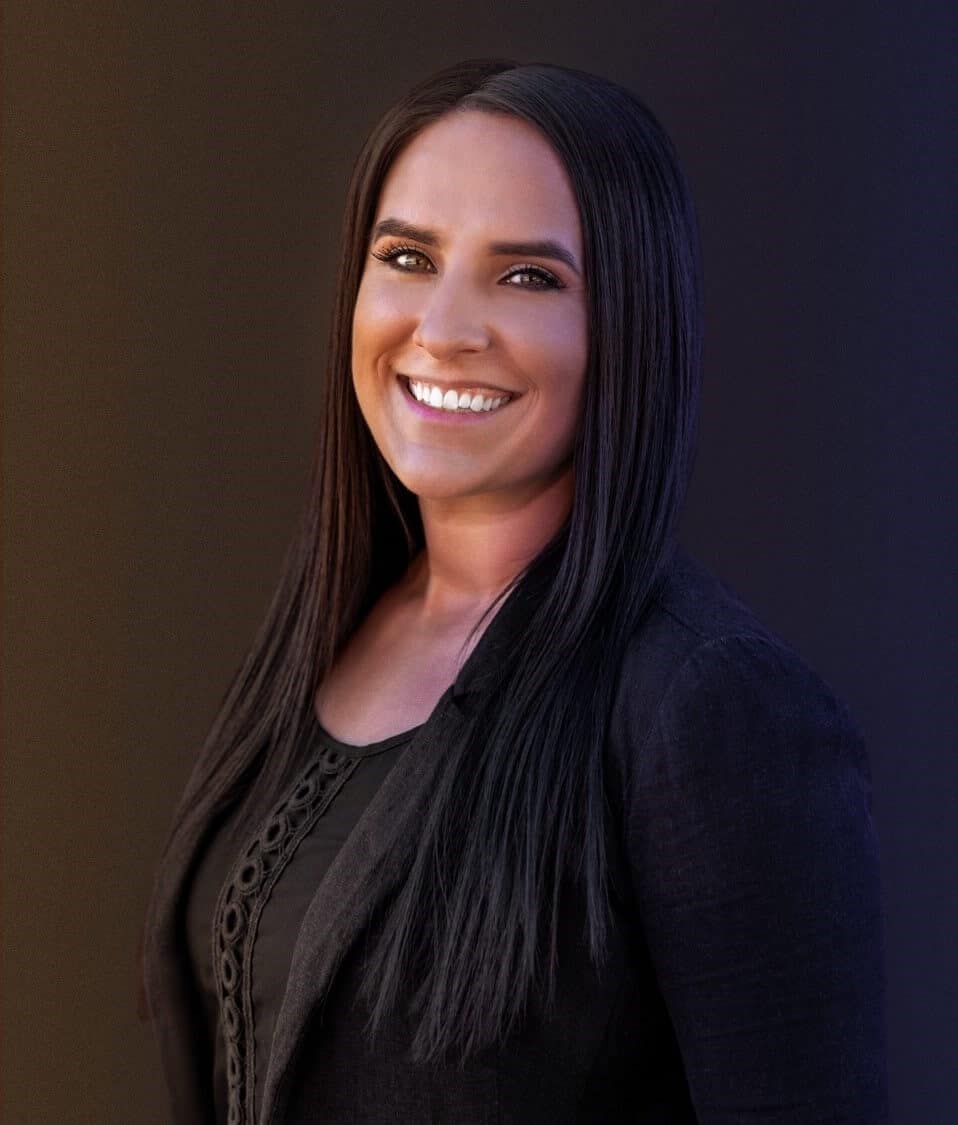How To Measure Brand Awareness: KPIs, Tools & Strategies

Learn how to measure brand awareness in 2025 with these tips, tools, and strategies. Begin the year with determination by creating a thorough plan and leveraging brand awareness to your advantage.

It’s well known that measuring brand awareness is complicated. Not only that, but strategies that might be working for one brand might do nothing for yours.
So how do you know what is actually working for your brand awareness?
With metrics, of course. While they’re a bit harder to understand and organize than other commonly used metrics, with proper knowledge, you’ll take advantage of them in no time.
In this article, we will give you the rundown of all the important strategies, KPIs, and tools you’ll need if you want to measure brand awareness.
Don’t know where to start? Set up a call with us.
Should You Know How to Measure Brand Awareness?
Absolutely. While it might not seem like it, brand awareness is a big deciding factor for customers. If you’ve heard or seen a brand then you’re likely to at least check it out.
But that seems like an abstract metric if you consider all the variables that come with it.
That’s why implementing many tools and strategies is fundamental if you want to know how your brand awareness is doing.
Remember, with no plan it’s hard to know if your strategy is working, if at all.
In summary, yes, you should know how to measure your brand awareness and understand the metrics provided.
Now that you know the importance of measuring brand awareness, where do you go from here?
First, we have to understand which metrics we should look at before we talk about strategies and tools.
How to Measure Brand Awareness: KPIs
While to some marketers it might seem easy to track brand awareness KPIs, the reality is that most metrics are rough estimates. In some cases, they don’t even translate into any ROI-positive outcomes.
Let’s say that a social media follower metric is going up for Instagram; for example, it might not bring any increases in sales whatsoever. While in brand awareness metrics it’s positive, it isn’t an ROI positive outcome.
This means that having well-thought-out KPIs is crucial if you want to properly measure brand awareness.
Here are some of our suggestions:
Social listening
Social listening is by far one of the most important ways to learn about brand awareness. It not only gives you metrics for most social media-related growth, but it also helps you understand how people feel about your brand as a whole.
Here are a few KPI suggestions we use for both our agency and our clients:
-
Platform-specific: Increase brand mentions on X social media platform by X% before the end of the month.
-
Growth-wise: Maintain or improve follower count on YouTube by X% before the year ends.
-
Influencer marketing: Increase CTR on paid influencer ads by X% on X social media platforms by June.
These are just a few examples you can use to track said metrics, but there are hundreds of social listening KPIs you can create to suit your needs.
Web traffic
A fantastic way to find out more about your brand awareness is by knowing how many people visit your website and where they come from.
While other metrics are a bit dodgy when it comes to precise metrics for brand awareness. Web traffic is a metric that can always be used to measure brand awareness improvements.
Like social listening, there are several metrics to choose from when making web traffic strategies. Let’s review them briefly before showing potential KPIs you can use.
-
Organic traffic: These are visitors who find and click on your website via the search engine results page (SERP).
-
Organic social traffic: These are visitors who found your website through organic social media posts.
-
Direct traffic: Visitors who have bookmarked your page, clicked an email link, or typed your URL manually into their browser.
-
Time on site: How long a visitor spends on your website in a single session.
-
New visitors: The number of visitors going to your website for the first time.
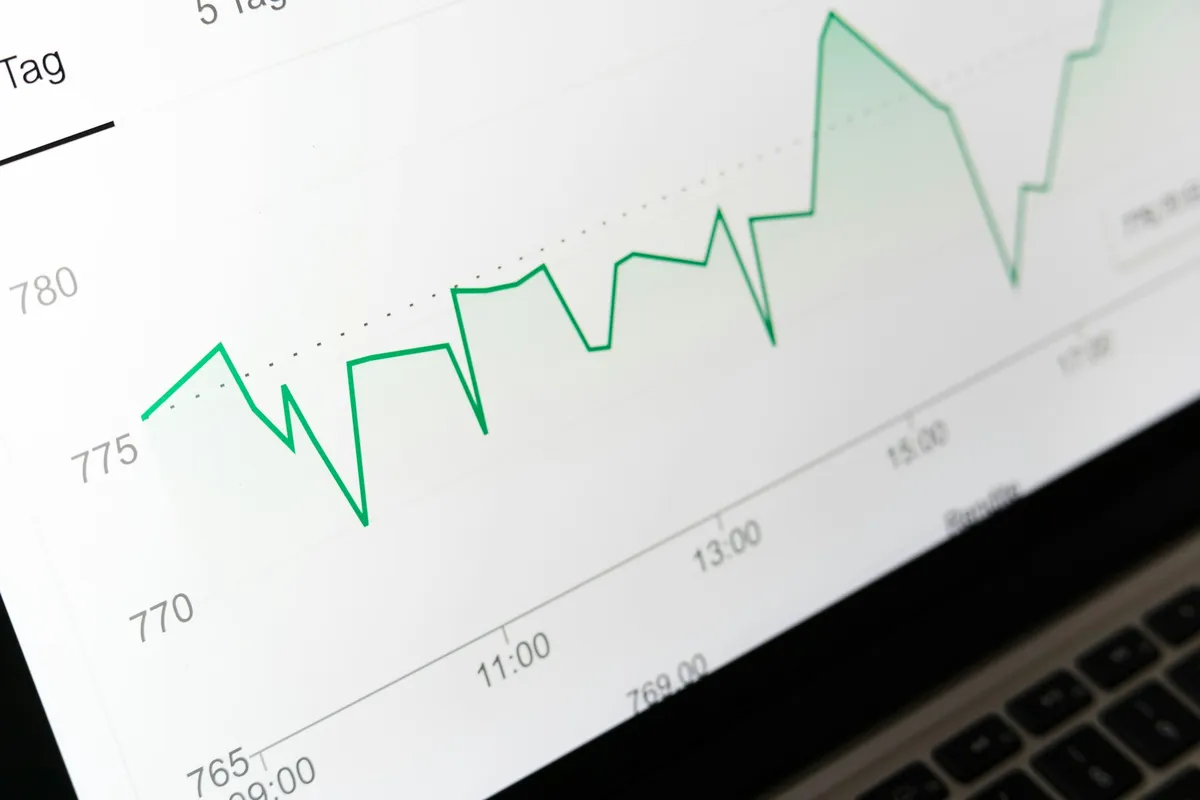
While there are even more detailed metrics you can use for web traffic, we found these five to be the most important ones for brand awareness.
They are fairly straightforward to use on KPIs, as you can see:
-
Visitor related: Increase the total number of monthly visitors on our website by X% by the end of February.
-
Time focused: Maintain or improve the total time spent on our website by unique visitors by X% before the end of the year.
-
Traffic-related: Improve our SERP unique clicks by X% in two months.
Click-through rate (CTR)
CTR is an extremely important brand awareness KPI for any brand, as it lets you measure several metrics at once.
-
Shows the real-time performance of all your brand awareness campaigns.
-
Can give you an overview of your brand’s engagement level.
-
The higher your CTR, the better your ads will rank against your competitors while also costing less per click.
Here are a few CTR KPIs we would recommend you add to your brand awareness campaign:
-
Device Specific: Increase CTR on mobile devices by at least X% by improving the website experience.
-
Demographic: Improve our CTR by at least X% by targeting X key demographics.
-
Social Media (Channel): Maintain or grow our CTR by using our main social media platforms (Instagram, TikTok, Facebook, and Twitter).
While there are even more metrics and KPIs you can and should consider, these are the main ones you should focus on.
How to Measure Brand Awareness: Strategies for 2025
So we talked about how to measure brand awareness and make sure you are using good KPIs for your business. What now?
Now, we get to talk about what winning strategies you can use to reach those KPIs without it becoming a massive headache.
Collaborate with other brands and creators.
This one should be a no-brainer, which is why we’re mentioning it first. Talking to other brands and creating content together is a fantastic way to improve your brand awareness.
Why? Because you are exposing your brand to all their followers without having to create ads.
Bear in mind that you want to collaborate with brands and creators with a following that would be interested in your brand as well.
Partnering with brands and creators that aren’t in your industry will yield no real benefits.
Do your research and reach out to brands with a following that matches your target audience.
Tone of voice
Having a consistent tone of voice unique to your brand will help followers recognize your brand much faster.
You want a tone of voice that will resonate with your audience while still retaining your brand’s values.
It might take some time to nail the exact tone of voice, but once you do, keep it and maintain it everywhere.
The more ways you have for people to recognize your brand in an instant, the better. Remember, we’re not Nike; we can’t share our logo and get recognized by millions of people (yet), but we can make it easier by using different strategies.
Don’t know how to create a proper tone of voice for your brand? Let us help you.
Use customer referrals.
Word-of-mouth strategies are not obsolete. Quite the opposite, actually. When customers get discounts, free products, or access to content for sharing a referral link, they will likely share it with their friends.
A referral strategy not only improves customer engagement, but it also entices them to share your brand with their friends and family.
Make sure to make the referral program worth it for both people, not only for the person who asked for the referral in the first place.
You want both of them to feel like the brand cares about them, not that they’re being used for engagement.
This is one branding idea that has to be carefully executed if you want good results from it.
Be consistent everywhere.
It’s very difficult for people to know about your brand if you’re posting once a week. Big brands like Nike have the luxury to publish every couple of days and still remain relevant. But for 99% of brands out there, that’s not possible.
When you consider that 81% of consumers need to know and trust the brand before buying a product, it makes sense why you have to stay relevant.
If you want to increase your brand awareness, you need to post daily, and you need to interact with people in your industry as much as possible.
We know this is a big ask, but in a world where anything you post on social media is buried by new posts in seconds, it’s necessary to grow.
This doesn’t mean you have to manually do all the work and have a social media platform open at all times. With scheduling tools, you can create posts and schedule them for future dates.
Let’s talk about these tools in our next section:
How to Measure Brand Awareness: Top 5 Tools for 2025
Knowing how to measure brand awareness and create strategies is just the very first step to growing your brand awareness as a whole.
Now you need ways to simplify and improve your brand awareness campaign without it taking dozens of hours each week.
Here are our favorite brand awareness tools and why they are amazing:
Hootsuite
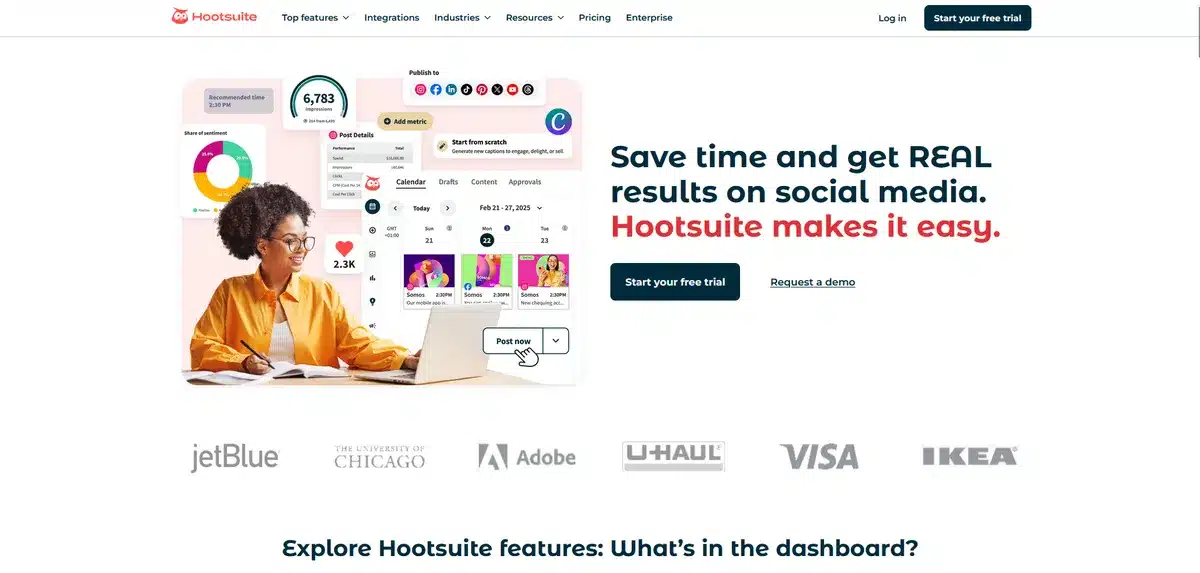
When it comes to social media management, nothing comes close to Hootsuite. It lets you schedule posts for all your social media accounts while also posting them by itself.
Some social media management tools can’t post directly on Instagram. This is because they don’t have full authorization. While it isn’t a deal-breaker, it certainly isn’t convenient.
With Hootsuite, you can analyze and optimize your content with its analytics page and its multiple platform dashboard.
We highly recommend Hootsuite. But, other options like Buffer provide similar services with different features.
Overall, Hootsuite is a must-have if you want to grow on social media while spending as little time posting as possible.
Semrush
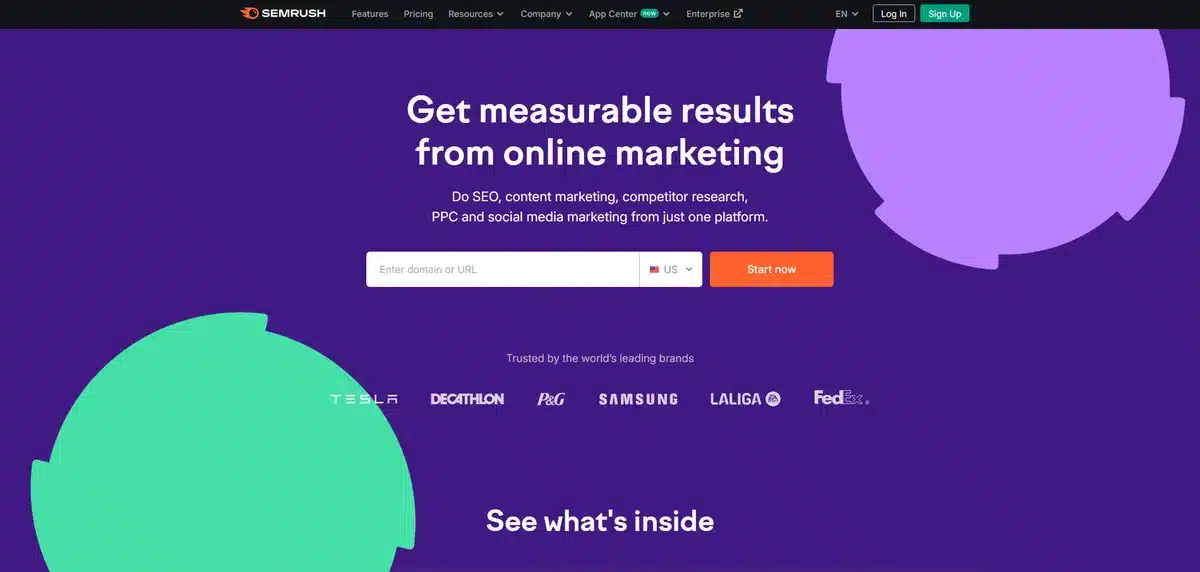
When talking about brand awareness tools, Semrush is hands down the go-to all-purpose SEO tool that every brand should be using in 2025.
As we talked about before, SEO plays a huge role in knowing how your brand awareness is doing and if it needs work.
With Semrush, you can grow your website traffic while tracking its visibility. Not only that, you can set it so you can compare your SEO results to your competitors. This makes it easy to optimize and create an SEO strategy that improves your brand awareness all in one site.
Semrush’s key features include:
-
Keyword research
-
Competitive research
-
Link building
-
Domain overview
There are alternatives out there, but none come close to what Semrush offers in one package.
Mailchimp
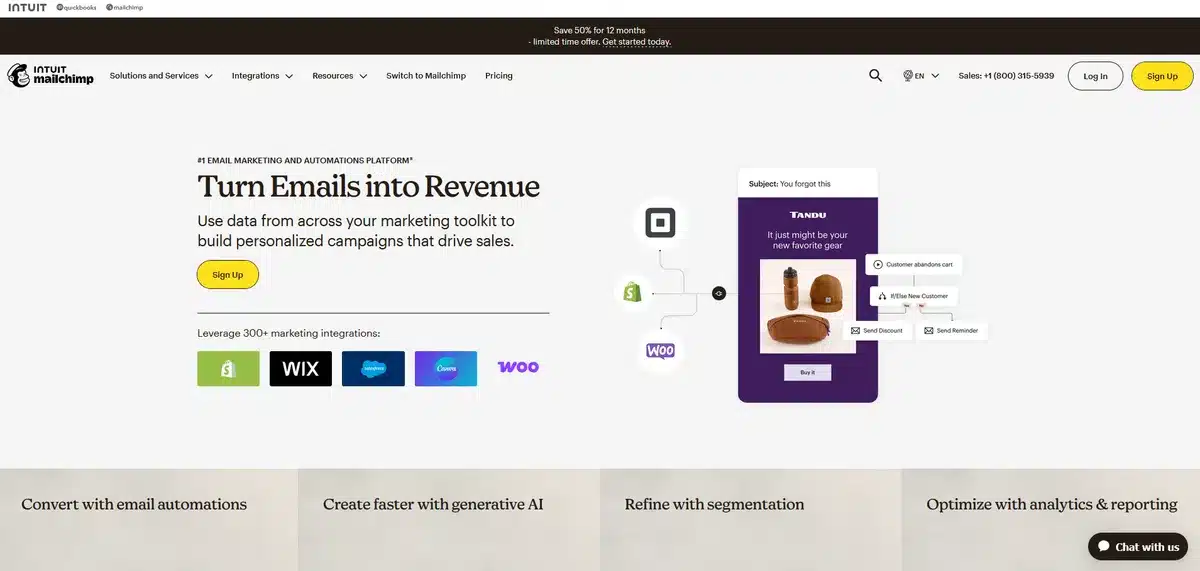
Email marketing might have dropped a bit in importance when it comes to online marketing, but it’s still a crucial part of any brand awareness campaign.
Building a weekly newsletter with information about your brand and cool things you’ve been working on is a fantastic way to build brand awareness.
Mailchimp has been around for years, and it’s still the best email marketing tool you can find, all while being at a fraction of the cost of its competitors.
With Mailchimp, you can create custom email campaigns for each target audience you have, which lets you do tests for future improvements.
They have a myriad of features, but our favorite ones are:
-
Advanced segmentation
-
Email templates
-
Behavioral targeting
-
A/B testing
If you’re completely new to email marketing, then the drag-and-drop email templates will be a lifesaver.
When it comes to branding importance, Mailchimp is one of the best things you can pick for your business.
SoGoLytics
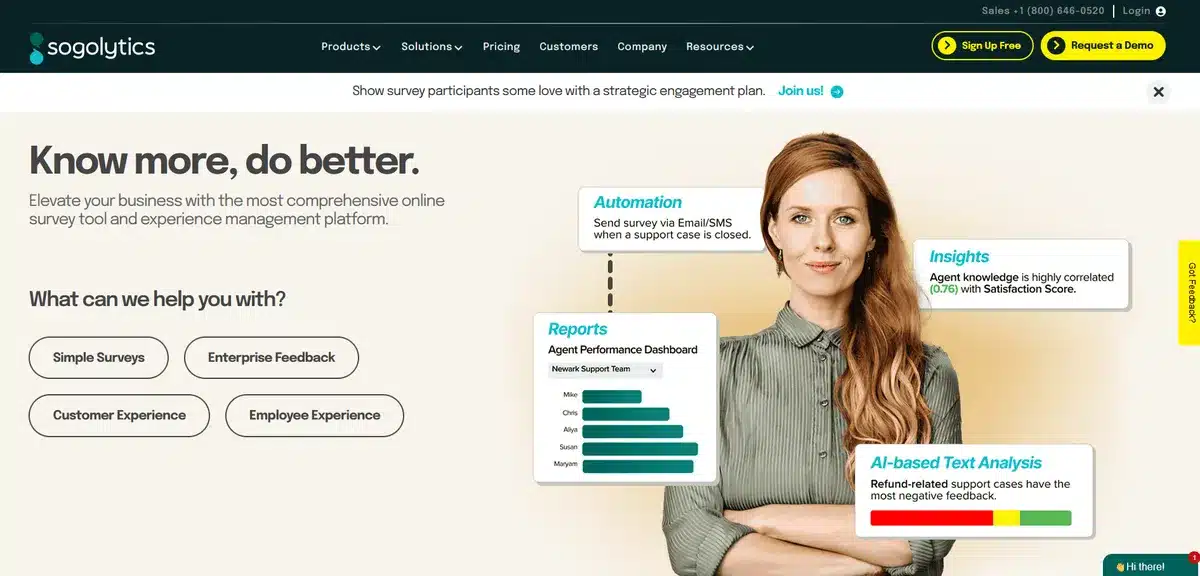
SoGoLytics is a fantastic brand awareness tool that lets you design custom surveys and distribute them in the blink of an eye.
SoGoLytics helps you gather important survey data in one spot. This gives you clear answers to improve your brand awareness strategy.
While we don’t rank this brand awareness tool as high as the others, it is definitely one to consider if you have all the others covered.
If you want a more simplistic survey tool that doesn’t offer anything other than raw information, then give Google Forms a try. It has no bells and whistles, but it does its job perfectly.
HotJar
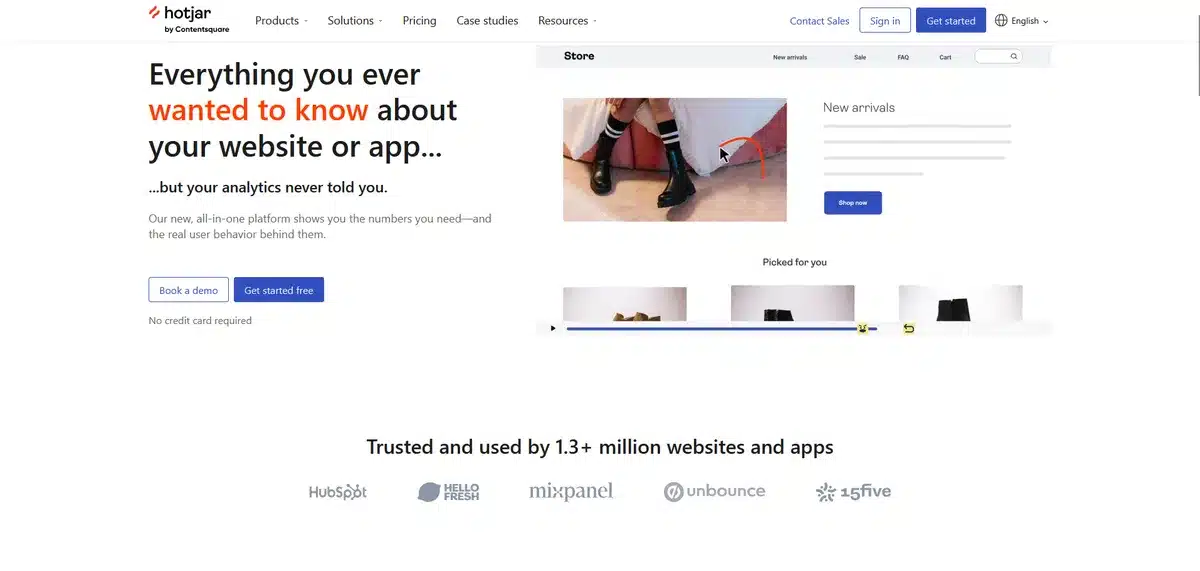
While not as popular as our past tools, HotJar is a great way to understand why website visitors aren’t converting.
Your website developers, marketing team, and even UX designers will all enjoy HotJar. It provides you with amazing features such as:
-
Heatmap tool for behavioral visualization.
-
Session recordings
-
Funnel Analysis
With HotJar, you’ll be able to optimize your website in a way that retains visitors and converts them into paying customers in no time.
Still Lost on How to Measure Brand Awareness?
We get it; understanding how to measure brand awareness while applying those metrics to actual strategies can be difficult. But you don’t have to do it alone.
With Blacksmith, you can rest assured that we will meet all your brand awareness KPIs in record time, keeping you updated every step of the way.
If you’re ready to make 2025 your best year ever, give us a call.
